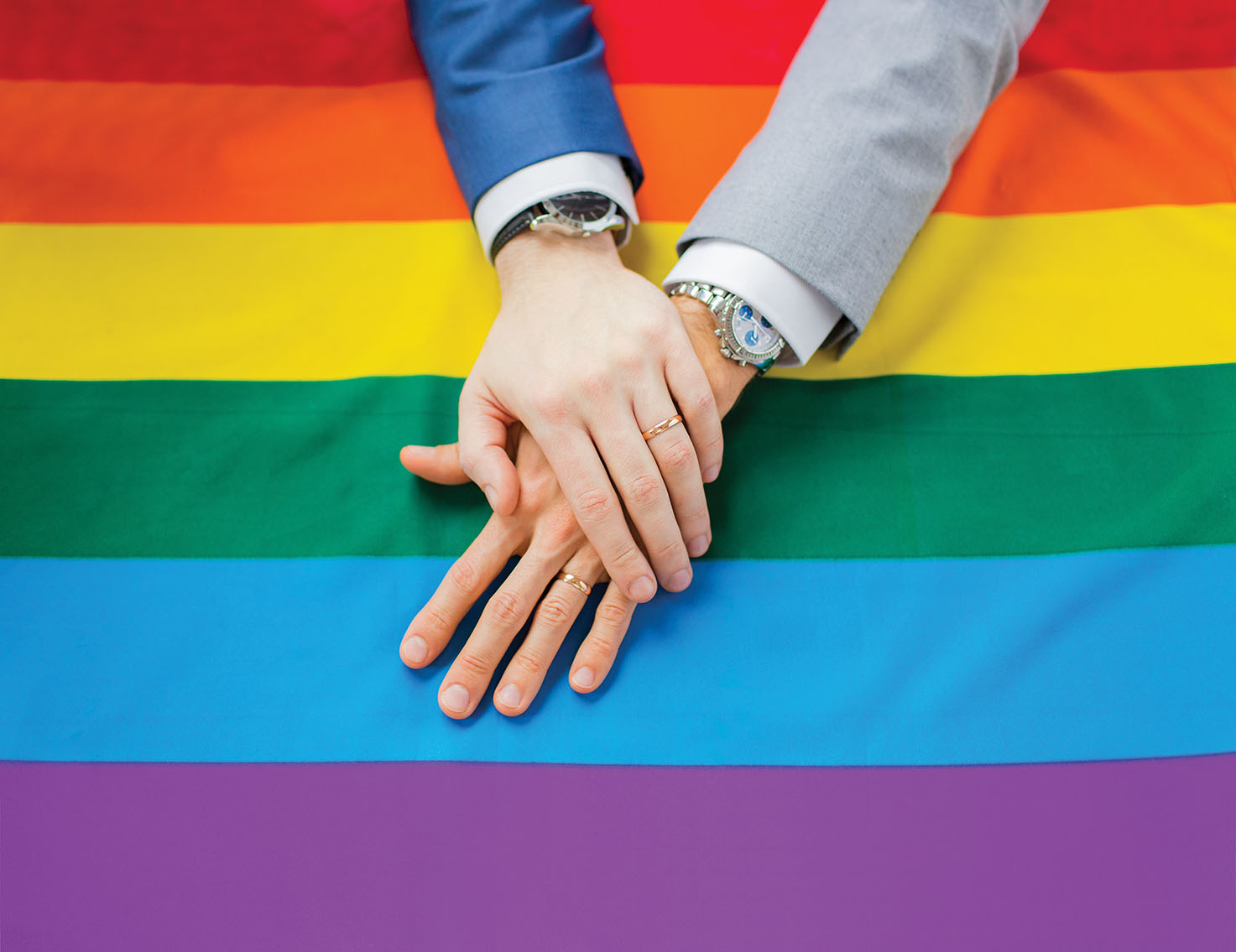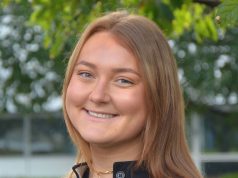Cause marketing has been around for a long time but with no media or production budgets, it can be a big ask for anyone embarking on a campaign. But this was precisely the case with StraightUpforEquality.org which played an active role in ensuring that 1.2m Irish people voted “Yes” in the recent referendum. Its founder Finian Murphy of Agility takes up the story.
In early February 2015, my colleague, Una Mullally and I sat down to talk about Agility’s next idea – a cause project. We wanted to build a movement with one sole purpose – to create conversations about equality. The following is how a small idea contributed to 1,201,607 Irish people voting yes to same sex marriage. We hope what we’ve learned and how we approached it can help Irish brands and causes have a purpose and make real change. So what did we learn?
Haver a Purpose
Although we collaborated with the Yes Equality campaign, Straight Up For Equality was independently managed with its own purpose. We knew that the movement for marriage equality is an LGBT rights issue, yet the straight electorate held the power in seeing civil marriage for gay and lesbian people pass. With no budget, StraightUpforEquality.org over half a million people across Ireland connected with the purpose.
Experiment
We invested a lot of time into this idea, but had no media or production budgets. We used low or no cost tools; Slack for team collaboration, mobile video for content production, SquareSpace for web hosting. We trialled ideas at small scale, scaling up what worked. We didn’t waste time or money on ideas that people didn’t appreciate. Two things helped us gain the greatest return for our time:
Be Personal, Not Just Social
This campaign was not won by social media, but by the personal stories people told and shared online as well as in the “real world.” We designed multiple pieces of work which different personalities could relate to. Customisation is crucial.
Be Populist, Not Trivial
While we had many pieces which were fun (such as Dustin calling Bosco), this didn’t mean we ignored the meaningful purpose we were working towards. As a member of the platform, the singer Hozier put it best when he said, “It is imperative that the straight community shows support for the LGBT community in the upcoming referendum.” Popular content allowed us to reach more people, but we always ensured the call to have a conversation about equality was included in the messaging. Populist content drove scale.
Gather a Tribe
We were aware that Marriage Equality had engaged the LGBT community and student unions had rallied the students, but we also knew there was a task in encouraging the majority of the electorate to stand with the minority. Our focus would have to be on people for whom the issue was an abstract. Because the issue was about equal access to marriage, we set about to recruit people who valued their own relationships, marriages and families.
In March, we asked people to join us, launching with a short explanation video and images, reaching 250,000 people within the first few weeks. By April, over 10,000 people registered with us and many were proudly wearing our equal sign on their profile pic. Within weeks, The Frames, Amy Huberman, The Script, Aoibhinn Ní Shúilleabháin, Brian O’Driscoll, Roisin Ingle and Bressie were encouraging others to be #straightupforequality.
Give up control
Within a few weeks of the platform being live – we were receiving stories, songs and photos from people across the country. A Galway pub created a video of people in the city talking about equality, a singer in Wicklow wrote a song about equality and families up and down the country shared photos that they were up for equality.
Provide a Ladder of Involvement
The majority of members were happy to support the campaign through easy accessible actions like talking to a friend about why they were voting yes, but for a minority of the group, we provided ways in which they could get more involved – creating a video with campaign partners Vote With Us or canvassing with a Yes Equality group. By offering multiple ways in which people could get involved, we could measure how people moved up the ladder from a basic level of involvement through to a more engaged action.
Spikes+ Sustain
By mid-April we had a working platform, not just a campaign. This was an idea that was spreading and scaling across the country. Some 70% of our members were based outside of Dublin. Each week, we ensured we reached a minimum of 100,000 25-45 year olds through sharing stories that our community shared with us. We spiked activity with key videos from Hozier telling people why he was voting, children’s TV stars Dustin talking to Bosco about equality, and a get out the vote message starring comedian David O’Doherty.
Showcase Success
Many times we had to acknowledge certain tactics simply failed and we moved on, but every successful milestone we hit was a reason to show the community the impact we had by working together. Ultimately, the key collective effort was on voting day, and to minimise complacency, we worked to get out the vote. With the highest referendum turnout since since 1996, Irish people not only had conversations about equality but took a direct action to support their brothers and sisters.
In Dublin Castle, at 7pm 23rd May 2015, it was announced that Ireland was the first country in the world to provide same sex marriage by popular vote. The people made a decision and conversations within a collaborative, creative community had led to constitutional change. History was made.
Finian Murphy is the founder of Agility, which helps causes and companies develop insights and ideas. He can be contacted at finian@thisisagility.com























